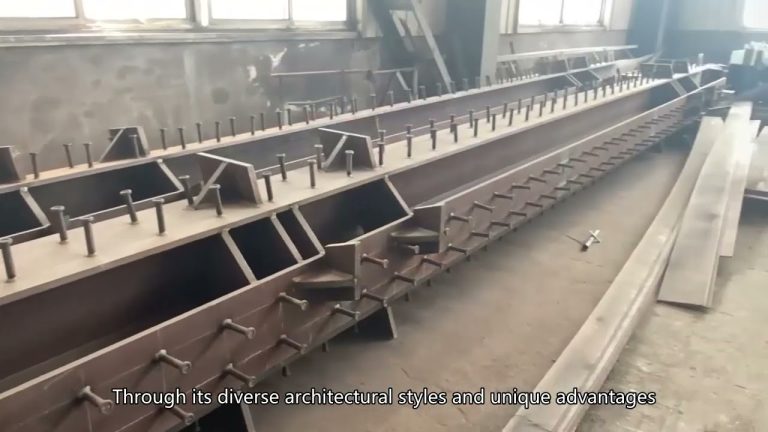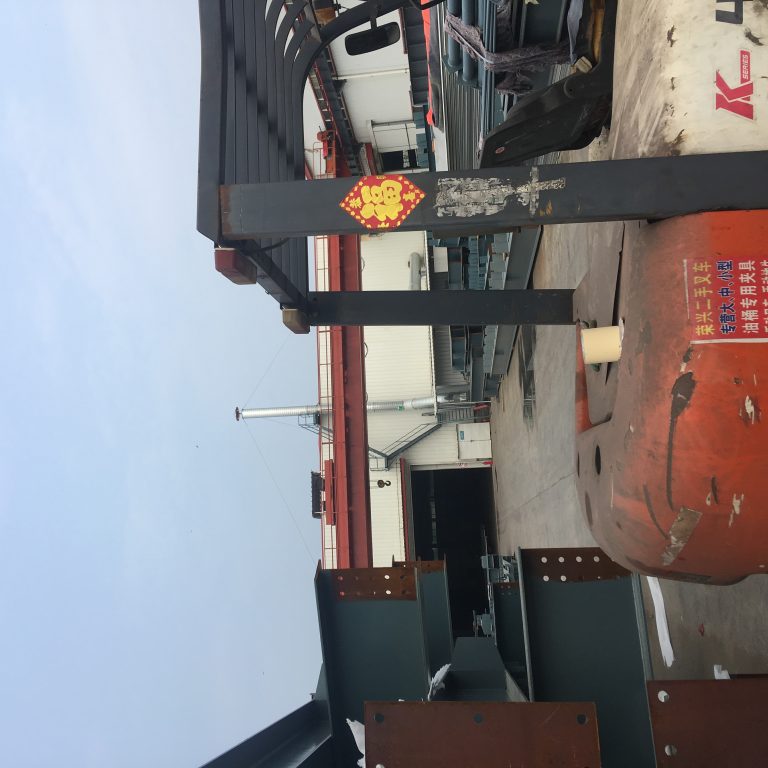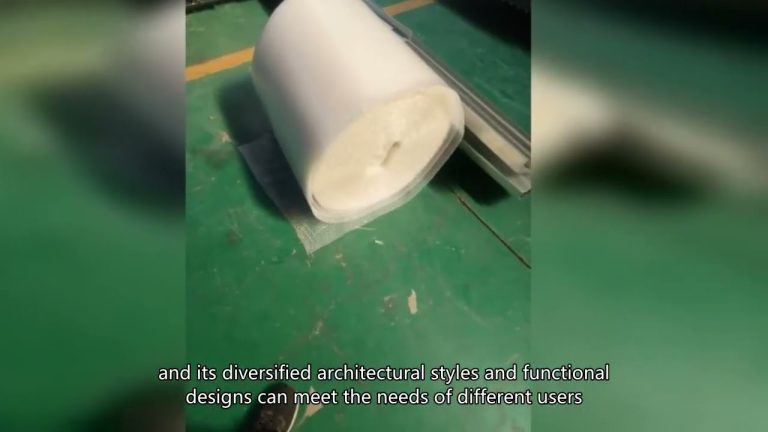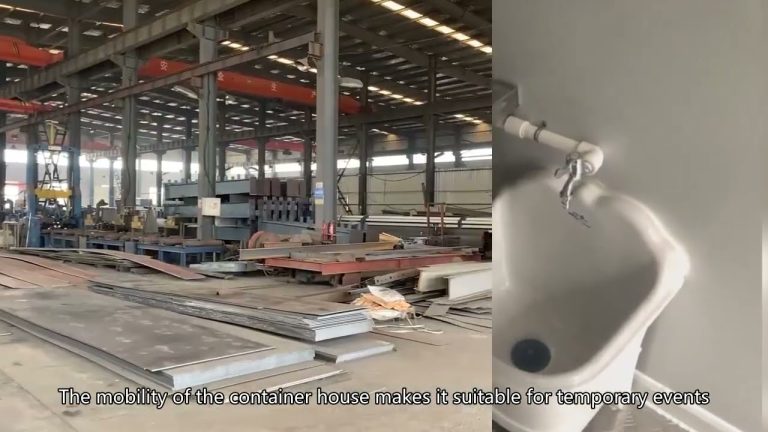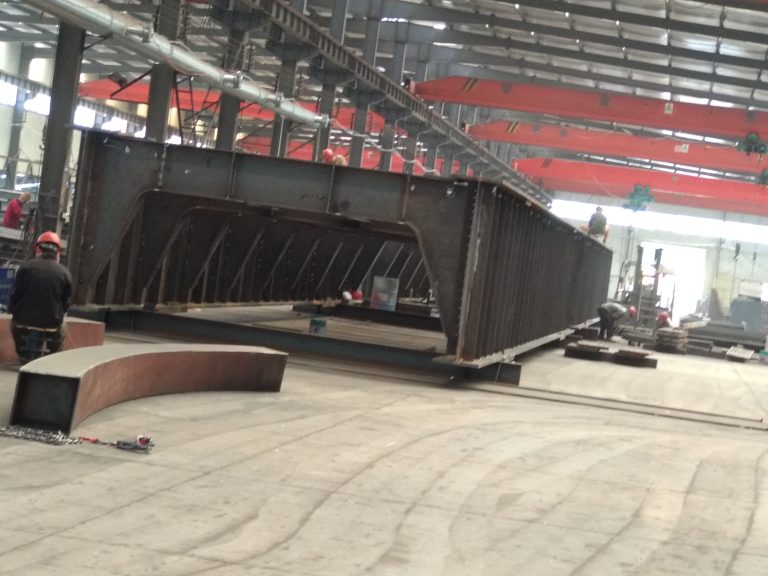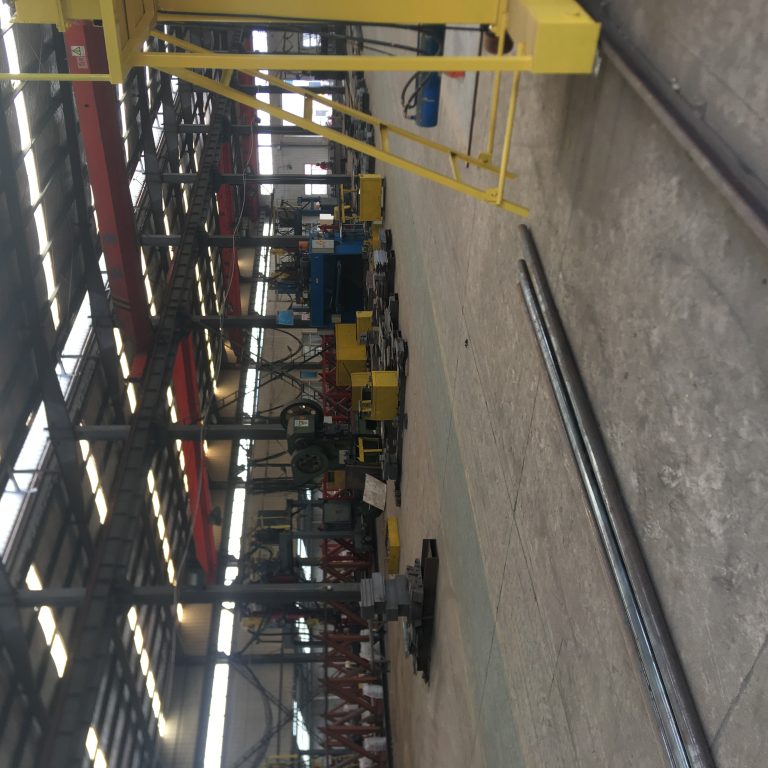Steel equestrian arena a professional venue for equestrian sports.
Table of Contents
Benefits of Steel Equestrian Arenas for Professional Equestrian Sports
Steel equestrian arenas have become increasingly popular among professional equestrian sports enthusiasts due to their numerous benefits. These arenas provide a professional venue for equestrian competitions and training, offering a safe and durable space for both riders and horses to practice and perform. The use of steel in the construction of equestrian arenas offers several advantages over traditional building materials, making them an ideal choice for professional equestrian sports.
One of the key benefits of steel equestrian arenas is their durability. Steel is a strong and resilient material that can withstand the wear and tear of daily use, as well as the elements. This means that steel arenas require minimal maintenance and have a longer lifespan compared to arenas made from other materials. Professional equestrian sports require a venue that can stand up to the demands of rigorous training and competition, and steel arenas provide the strength and durability needed to meet these requirements.
In addition to their durability, steel equestrian arenas are also highly customizable. Steel is a versatile material that can be easily shaped and modified to create a space that meets the specific needs of professional equestrian sports. Whether it’s adding extra seating for spectators, installing lighting for night events, or incorporating special features for training purposes, steel arenas can be tailored to accommodate a wide range of requirements. This flexibility makes steel equestrian arenas an attractive option for professional equestrian sports organizations looking to create a venue that is both functional and visually appealing.
Another advantage of steel equestrian arenas is their cost-effectiveness. While the initial investment in a steel arena may be higher than that of a traditional arena, the long-term savings in maintenance and repair costs make steel arenas a more economical choice in the long run. Steel is a low-maintenance material that requires minimal upkeep, saving professional equestrian sports organizations both time and money. Additionally, steel arenas are energy-efficient, helping to reduce utility costs and further contribute to their overall affordability.
Safety is a top priority in professional equestrian sports, and steel equestrian arenas offer a secure and stable environment for riders and horses. Steel is a non-combustible material that is resistant to fire, making it a safe choice for housing valuable animals and equipment. Steel arenas are also designed to meet strict building codes and safety standards, ensuring that they provide a secure space for equestrian activities. With features such as high-quality fencing, proper lighting, and well-maintained footing, steel arenas offer a safe and controlled environment for both training and competition.
In conclusion, steel equestrian arenas are a professional venue for equestrian sports that offer numerous benefits for professional riders, trainers, and organizations. From their durability and customization options to their cost-effectiveness and safety features, steel arenas provide a reliable and efficient space for equestrian activities. Professional equestrian sports enthusiasts looking for a high-quality venue that meets their specific needs should consider the advantages of steel equestrian arenas. With their strength, versatility, and safety features, steel arenas are an ideal choice for those seeking a top-notch facility for training and competition.
Design Tips for Creating a Professional Steel Equestrian Arena
When it comes to creating a professional equestrian arena, there are several key design tips to keep in mind. One of the most important aspects of a successful equestrian arena is the material used for its construction. Steel is a popular choice for equestrian arenas due to its durability, versatility, and ease of maintenance.
Steel equestrian arenas offer a number of advantages over other materials. Steel is incredibly strong and can withstand the heavy use and abuse that comes with equestrian sports. It is also resistant to rot, mold, and pests, making it a low-maintenance option for arena construction. Additionally, steel is a versatile material that can be customized to fit the specific needs of the arena, whether it be for dressage, jumping, or other equestrian disciplines.
When designing a steel equestrian arena, it is important to consider the size and layout of the arena. The size of the arena will depend on the specific needs of the riders and horses using it. A larger arena may be necessary for jumping or dressage competitions, while a smaller arena may be sufficient for training or recreational riding. The layout of the arena should also be carefully planned to ensure the safety and comfort of both riders and horses.
Another important design tip for creating a professional steel equestrian arena is to consider the footing of the arena. The footing of an arena plays a crucial role in the performance and safety of the riders and horses using it. The footing should be firm yet cushioned to provide support and traction for the horses, while also absorbing impact to reduce the risk of injury. There are a variety of footing options available, including sand, rubber, and synthetic materials, each with its own benefits and drawbacks.
In addition to the material and layout of the arena, it is important to consider the amenities and features that will enhance the overall experience for riders and horses. This may include seating for spectators, lighting for evening events, and storage areas for equipment and supplies. These amenities can help create a professional and welcoming atmosphere for equestrian events and competitions.
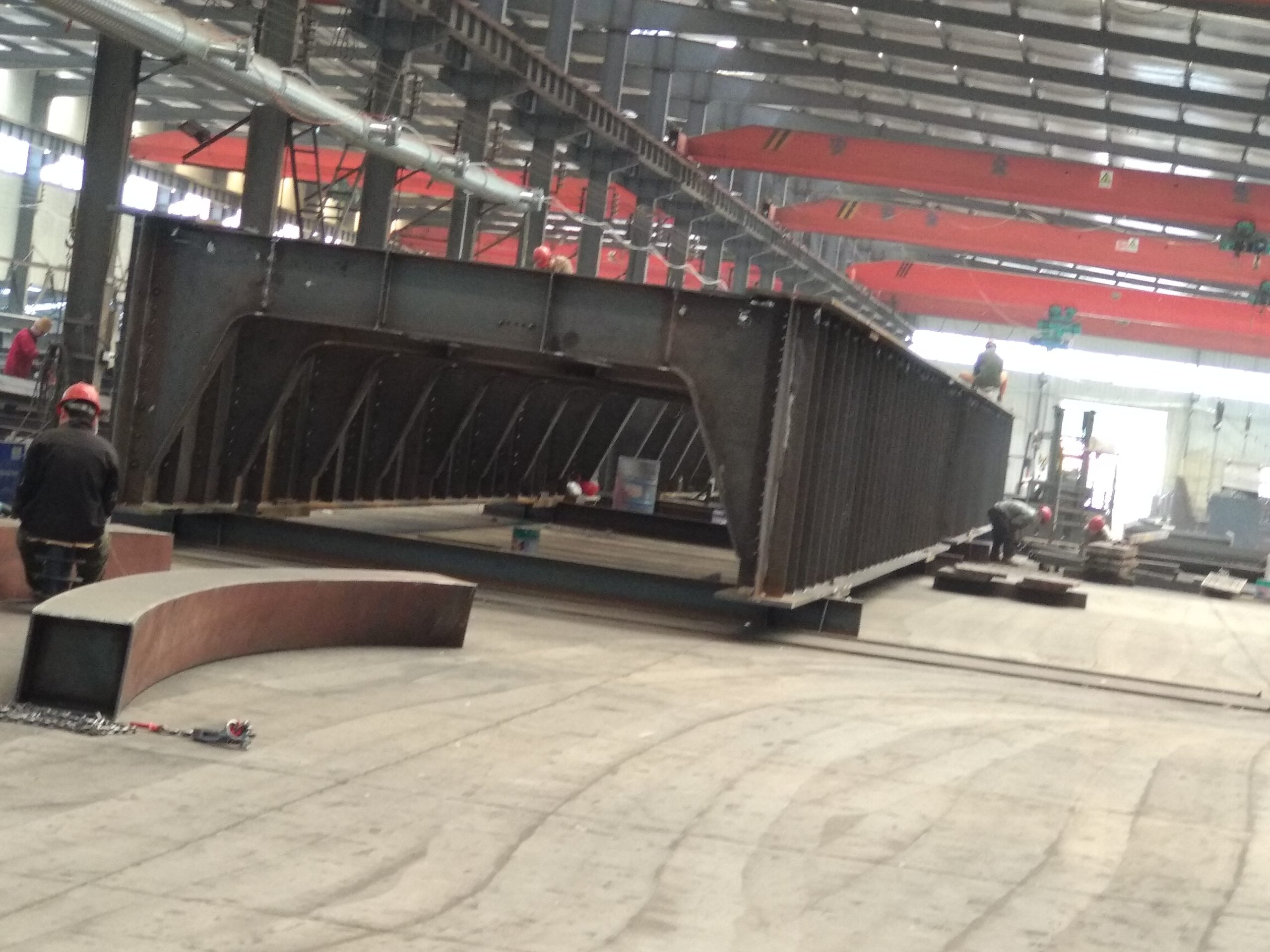
When designing a steel equestrian arena, it is also important to consider the climate and weather conditions of the area where the arena will be located. Steel is a durable material that can withstand a variety of weather conditions, but proper maintenance and care are still necessary to ensure the longevity of the arena. This may include regular inspections, cleaning, and repairs to address any issues that may arise.
Overall, creating a professional steel equestrian arena requires careful planning and attention to detail. By considering the material, size, layout, footing, amenities, and climate of the arena, you can create a venue that is not only functional and safe but also aesthetically pleasing and inviting for riders, horses, and spectators alike. With the right design tips and considerations, you can create a steel equestrian arena that is truly a professional venue for equestrian sports.

